Home>Articles>Why Would You Need A Male To Male Extension Cord
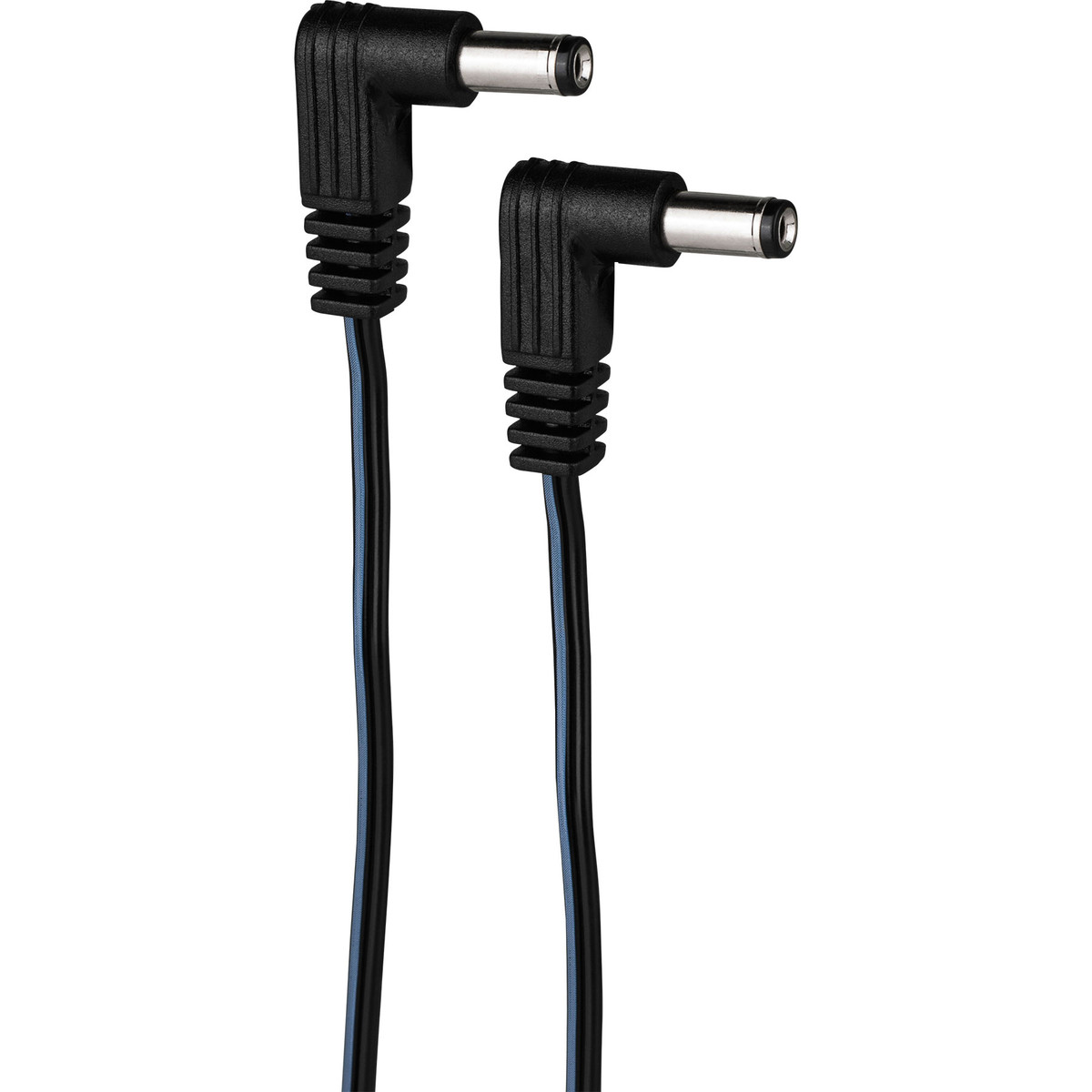

Articles
Why Would You Need A Male To Male Extension Cord
Modified: October 28, 2024
Looking for articles on why you would need a male to male extension cord? Find comprehensive information and resources on this topic.
(Many of the links in this article redirect to a specific reviewed product. Your purchase of these products through affiliate links helps to generate commission for Storables.com, at no extra cost. Learn more)
Introduction
A male to male extension cord is a versatile and practical electrical tool that allows you to extend the reach of your power source. It consists of a male plug on both ends, making it easy to connect appliances or devices together without the need for additional adapters or converters. Whether you’re working on a DIY project, setting up outdoor lighting, or simply need to power multiple devices in a specific area, a male to male extension cord can be a valuable asset.
In this article, we will explore the various applications and considerations for using a male to male extension cord. We will discuss its uses, safety precautions, factors to consider when purchasing one, tips on proper usage, and alternatives that you can consider.
So, if you’ve ever wondered why you would need a male to male extension cord or want to learn more about its uses, then let’s dive right in!
Key Takeaways:
- Male to male extension cords are versatile tools for connecting devices directly, but safety is paramount. Always adhere to electrical codes, choose the right cord for your needs, and inspect it for damage before use.
- Consider alternatives like female to female adapters and power strips for specific electrical needs. Prioritize safety, proper usage, and storage to maximize the benefits of male to male extension cords.
Read more: Why Would An Electrical Cord Get Hot
What is a Male to Male Extension Cord?
A male to male extension cord, also known as a double male extension cord, is a type of electrical cord that has male plugs on both ends. Unlike traditional extension cords that have a male plug on one end and a female receptacle on the other, a male to male extension cord is designed for specific applications where two male plugs need to be connected together.
This type of extension cord is typically used in situations where a direct connection is required, such as connecting two devices or appliances together that have male plugs. It eliminates the need for additional adapters or converters, providing a simple and convenient solution for extending the reach of your power source.
Male to male extension cords come in various lengths and gauges to accommodate different power needs. The length of the cord determines how far you can extend your power source, while the gauge indicates the cord’s capacity and the amount of current it can safely carry. It’s important to choose a cord with the appropriate length and gauge to ensure efficient and safe operation.
It’s worth noting that while male to male extension cords are widely available, they may not be compliant with electrical safety regulations in some countries or regions. In certain jurisdictions, using a male to male extension cord may be considered a violation of electrical codes due to potential safety hazards. It is essential to familiarize yourself with local regulations and guidelines before using a male to male extension cord.
Now that we understand what a male to male extension cord is, let’s explore some common uses for this electrical tool.
Common Uses for Male to Male Extension Cords
Male to male extension cords have a wide range of applications, making them a versatile tool to have in your electrical arsenal. Here are some common uses for male to male extension cords:
- DIY Projects: Whether you’re working on a home improvement project or setting up a workshop, male to male extension cords can come in handy. They allow you to connect power tools, equipment, and lighting fixtures directly, giving you the flexibility to work in various locations without the limitation of short power cords.
- Outdoor Activities: From hosting backyard parties to camping trips, male to male extension cords are valuable for outdoor activities. They enable you to power outdoor speakers, string lights, electric grills, and other appliances, allowing you to create a comfortable and enjoyable ambiance.
- Event Planning: When organizing events or setting up temporary installations such as booths, stages, or catering stations, male to male extension cords can simplify the process. They provide a convenient way to connect multiple devices or appliances together, ensuring a smooth and efficient power supply for the event.
- Photography and Videography: Male to male extension cords are often used in the photography and videography industry. They allow photographers and videographers to power their equipment, such as studio lights, cameras, and monitors, without the need for additional adapters or complex setups.
- Electronics and Appliances: In some cases, certain electronic devices or appliances may come with a male plug on both ends. Male to male extension cords can be useful for connecting these devices directly to a power source, eliminating the need for extra adapters and simplifying the setup process.
These are just a few examples of the many practical uses for male to male extension cords. They provide a convenient and efficient way to extend your power source, making them a valuable tool in various settings.
Now that we’ve explored some common uses, let’s move on to discussing important safety considerations when using male to male extension cords.
Safety Considerations
While male to male extension cords can be a useful electrical tool, it is crucial to prioritize safety when using them. Here are some important safety considerations to keep in mind:
- Electrical Codes: Before using a male to male extension cord, it is essential to familiarize yourself with the electrical codes and regulations in your area. In some jurisdictions, using a male to male extension cord may be prohibited due to safety concerns. Always ensure that your electrical setup complies with local guidelines to prevent accidents and potential hazards.
- Gauge and Load Capacity: Male to male extension cords come in different gauges (thicknesses) to accommodate various power requirements. It is crucial to choose a cord with the appropriate gauge for the devices or appliances you intend to connect. Overloading the cord with a higher amperage than it can handle can lead to overheating, damage, or even electrical fires.
- Cord Length: The length of the extension cord should be chosen carefully depending on your needs. Using a cord that is too long for the required distance may lead to voltage drop or potential tripping hazards. On the other hand, using a cord that is too short may put strain on the cord and increase the risk of accidental disconnection or damage.
- Inspecting the Cord: Before each use, carefully inspect the male to male extension cord for any frayed wires, loose connections, or physical damage. Do not use a cord that appears damaged as it can pose serious safety risks. It is also important to avoid running the cord through sharp edges or overexposing it to heat sources.
- Weather Conditions: When using a male to male extension cord outdoors, it is essential to consider the weather conditions. Ensure that the cord and its connections are protected from rain, snow, or excessive moisture to prevent electrical shock or short circuits. Use outdoor-rated extension cords for added safety.
- Proper Use of Outlets: Avoid overloading power outlets by connecting multiple extension cords together. Plug the male to male extension cord directly into a grounded outlet and don’t exceed the outlet’s load capacity. Be mindful of other appliances or devices connected to the same circuit to prevent circuit overloads.
By following these safety considerations, you can minimize the risk of electrical accidents and ensure the safe use of male to male extension cords. Now, let’s explore the factors you should consider when choosing a male to male extension cord.
A male to male extension cord can be useful for connecting two devices with male plugs, such as power tools or appliances, to a power source when a regular extension cord won’t reach. Just be sure to use it safely and follow all electrical safety guidelines.
Factors to Consider When Choosing a Male to Male Extension Cord
When selecting a male to male extension cord, it’s important to consider several factors to ensure you choose the right one for your specific needs. Here are some key factors to keep in mind:
- Length: Determine the distance between your power source and the devices or appliances you need to connect. Choose an extension cord that is long enough to reach the desired location without excessive slack. Remember that longer cords may result in voltage drop, so consider the distance carefully.
- Gauge: The gauge of an extension cord refers to the thickness of its wires. Thicker gauge cords are capable of carrying higher currents safely. Determine the power requirements of the devices you plan to connect and choose an extension cord with an appropriate gauge to handle the load. Refer to the cord’s amp rating to ensure it matches your needs.
- Rated Amps: Check the amp rating on the extension cord. This will indicate the maximum capacity of the cord to safely handle current flow. Ensure that the rated amps are suitable for the devices you intend to connect. Overloading the cord can lead to overheating and pose a fire hazard.
- Quality and Safety Certifications: Opt for reputable brands and look for extension cords that are tested and certified by recognized safety organizations or agencies. This ensures that the cord meets necessary safety standards and has undergone rigorous testing to ensure reliability.
- Outdoor Use: If you plan to use the extension cord outdoors, make sure it is labeled as suitable for outdoor use. Outdoor-rated cords are designed to withstand exposure to moisture, sunlight, and other outdoor elements, reducing the risk of electrical hazards.
- Additional Features: Consider any additional features or functionalities that might enhance your experience. These can include built-in circuit breakers or surge protection to safeguard your devices from power spikes or short circuits.
By considering these factors, you can select a male to male extension cord that is suitable for your specific requirements and ensures safe and efficient power delivery.
Now that we’ve covered the factors to consider, let’s move on to explore how to properly use a male to male extension cord.
How to Properly Use a Male to Male Extension Cord
Using a male to male extension cord safely and effectively requires following a few guidelines. Here’s how to properly use a male to male extension cord:
- Select the Right Cord: Choose a male to male extension cord that matches the length, gauge, and amp rating suitable for your intended use. Ensure it is in good condition, without any signs of damage or wear.
- Inspect the Plugs: Before connecting the cord, inspect both male plugs for any damage or exposed wires. Ensure that the prongs are intact and not bent. Do not use a cord with damaged plugs to avoid electrical hazards.
- Connect Devices: Plug one end of the male to male extension cord into the power source, ensuring it is securely inserted. Then, connect the other end to the device or appliance you wish to power. Make sure the connections are snug and tight.
- Route the Cord Safely: Gently route the extension cord, keeping it away from sharp edges, heat sources, and areas where it can be tripped over. Avoid placing it under rugs or carpets, as this can cause overheating and increase the risk of fire.
- Avoid Overloading: Be mindful of the power requirements of the devices you are connecting. Do not exceed the amp rating of the cord or overload the circuit. Distribute the load evenly across different outlets and circuits if necessary.
- Unplug Safely: When you’re done using the male to male extension cord, unplug it carefully by gripping the plug and pulling it straight out from the outlet. Avoid yanking the cord as this can damage the plugs or the outlet itself.
- Store Properly: After use, coil the extension cord neatly, taking care not to twist or bend it excessively. Storing it properly helps prevent tangles and extends its lifespan. Consider using cord reels or organizers to keep it organized.
By following these guidelines, you can ensure the safe and efficient use of a male to male extension cord for your electrical needs.
Now, let’s explore some alternatives to using a male to male extension cord.
Alternatives to Using a Male to Male Extension Cord
While male to male extension cords can be convenient in certain situations, there are alternative options available depending on your specific needs. Here are some alternatives to consider:
- Female to Female Adapter: If you have two devices with male plugs that need to be connected, you can use a female to female adapter. This adapter allows you to connect two male plugs together, creating a safe and secure connection without the need for a male to male extension cord.
- Power Strips: Power strips offer multiple outlets in a single unit, eliminating the need for extension cords altogether in some cases. They provide a convenient way to power multiple devices simultaneously while also offering surge protection in some models.
- Outlet Expanders: Outlet expanders, also known as outlet splitters or adapters, allow you to increase the number of available outlets in a single wall socket. These can be useful when you have limited outlets and multiple devices to connect in a specific area.
- Extension Cord with a Cord Reel: If you often find yourself dealing with tangled or messy cords, consider using an extension cord with a built-in cord reel. This allows for easy storage and organization of the cord, minimizing tripping hazards and making it more convenient to transport.
- Customized Wiring: Depending on the specific requirements of your setup, you may consider installing custom wiring solutions such as adding additional wall outlets or relocating existing outlets. This method can ensure a permanent and safe connection without the need for extension cords.
It’s important to assess your needs and the nature of your electrical setup to determine the best alternative solution for your specific situation. Always prioritize safety and make sure that any alternative option you choose complies with electrical codes and regulations.
Now that we’ve explored some alternatives, let’s conclude our discussion on male to male extension cords.
Conclusion
Male to male extension cords are a practical and versatile electrical tool that allows you to extend the reach of your power source by connecting devices with male plugs directly. They find applications in various scenarios, such as DIY projects, outdoor activities, event planning, photography and videography, and more.
However, it’s vital to prioritize safety when using male to male extension cords. Familiarize yourself with local electrical codes, choose the appropriate cord length and gauge for your needs, and inspect the cord for damage before each use. Following these safety considerations reduces the risk of accidents and ensures the safe operation of the extension cord.
When selecting a male to male extension cord, consider factors like length, gauge, amp rating, quality, safety certifications, and outdoor suitability. By choosing the right cord for your specific requirements, you can ensure reliable and efficient power delivery.
Proper usage involves connecting devices securely, routing the cord safely, and avoiding overloading. Unplugging the cord safely and storing it properly extends its lifespan and minimizes tangles and damage.
In some cases, alternative options like female to female adapters, power strips, outlet expanders, extension cords with built-in cord reels, or customized wiring may be suitable depending on your needs and preferences.
Remember that safety should always be the top priority to prevent electrical hazards and ensure your peace of mind. By following proper safety practices and considering alternatives when appropriate, you can make the most out of male to male extension cords and create a safe and efficient electrical setup.
So, whether you’re working on a project or organizing an event, consider the benefits and potential applications of male to male extension cords, and use them responsibly to meet your electrical needs.
Frequently Asked Questions about Why Would You Need A Male To Male Extension Cord
Was this page helpful?
At Storables.com, we guarantee accurate and reliable information. Our content, validated by Expert Board Contributors, is crafted following stringent Editorial Policies. We're committed to providing you with well-researched, expert-backed insights for all your informational needs.
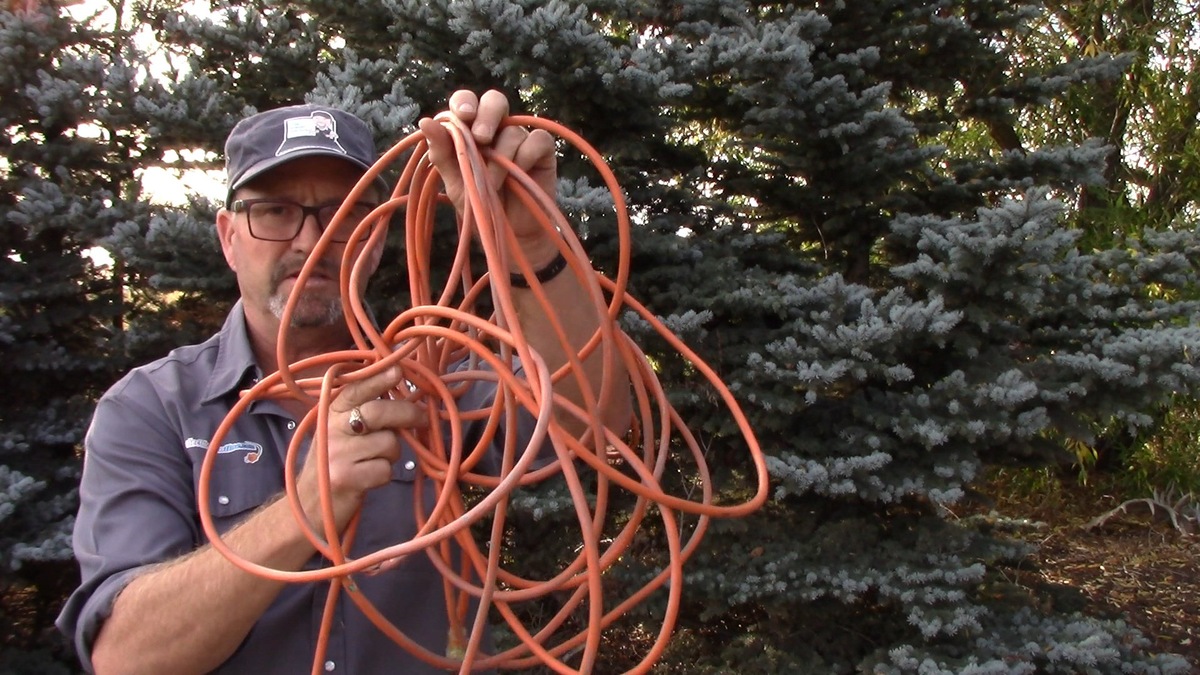
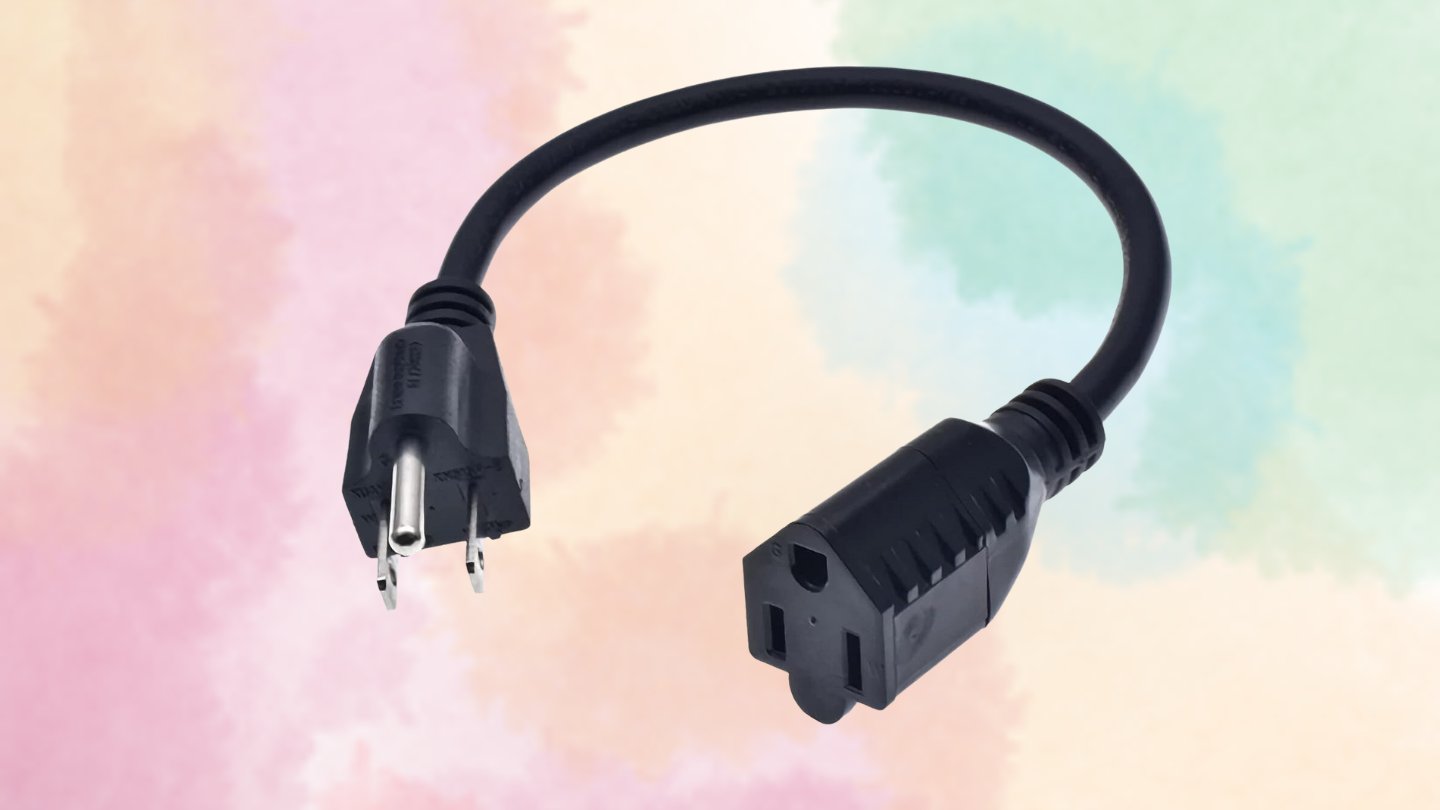
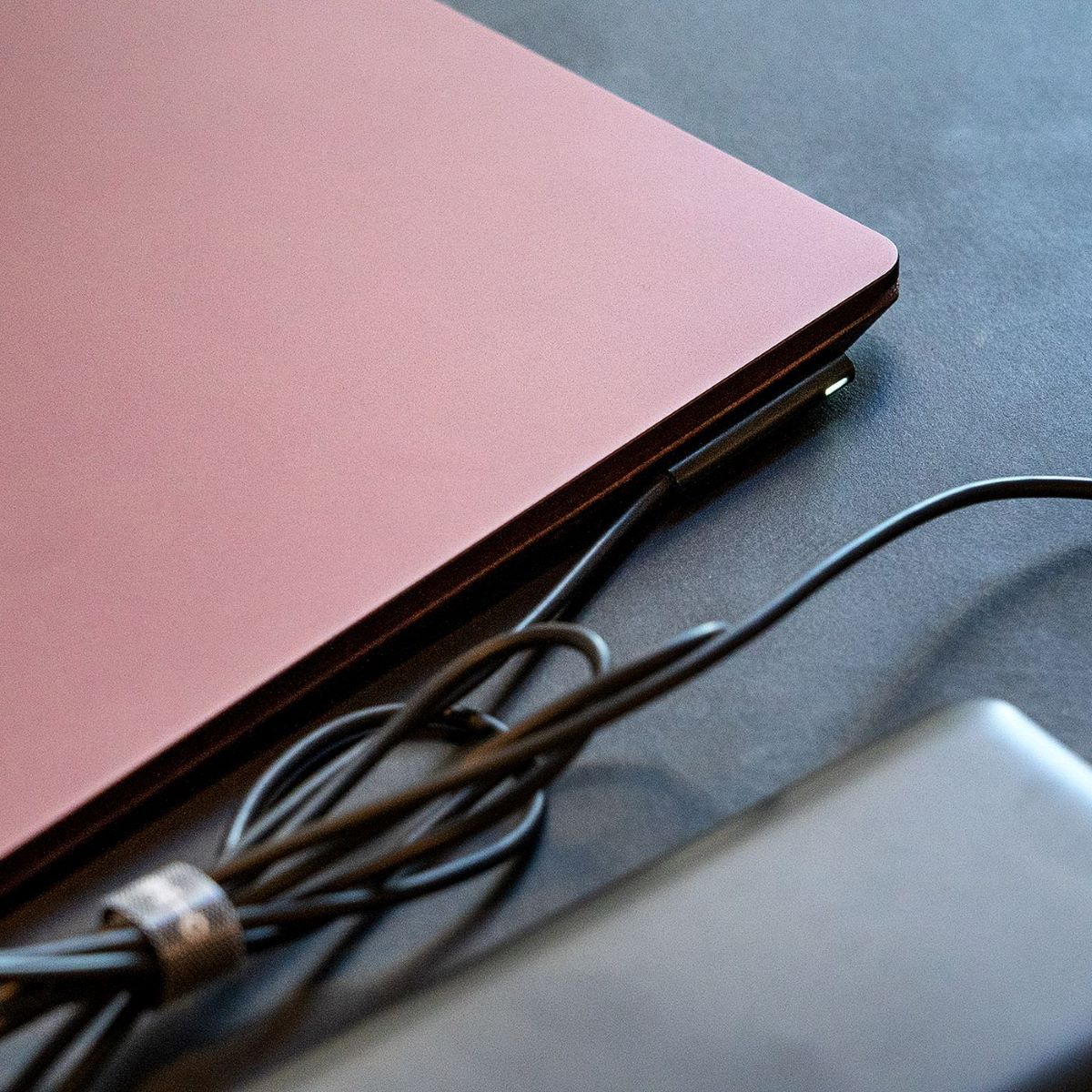
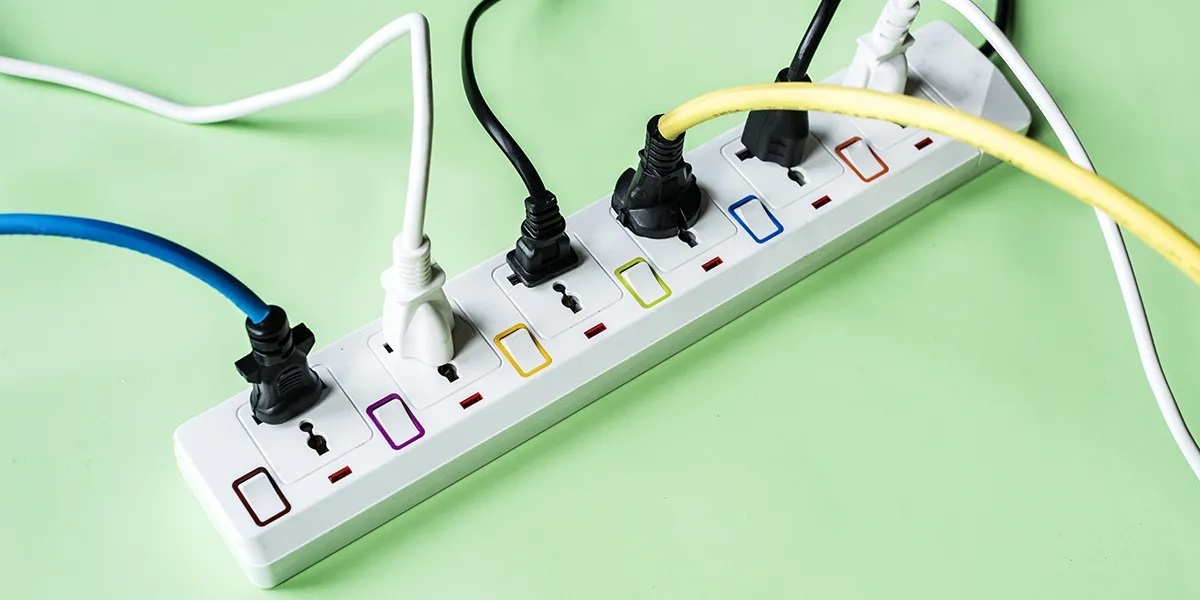
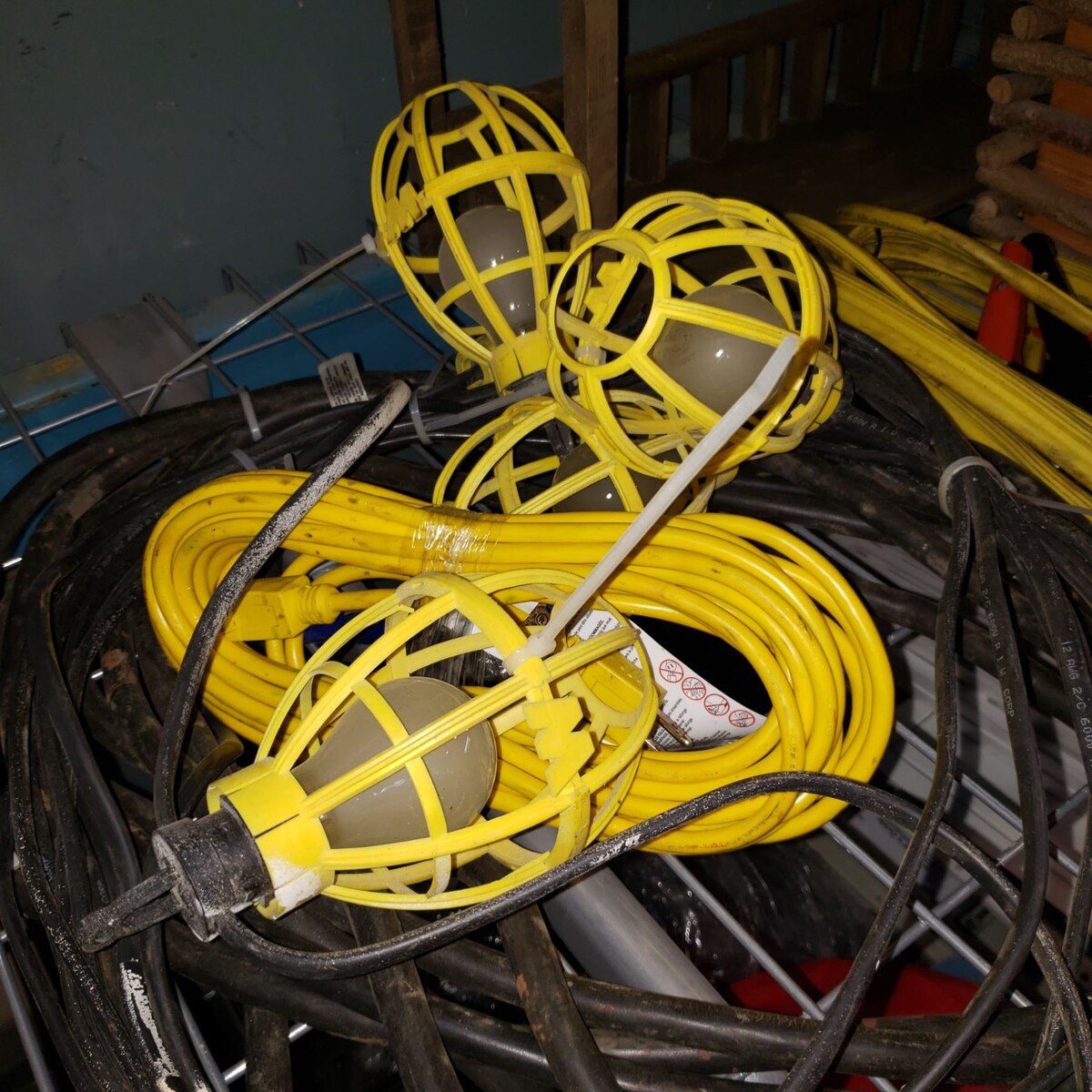
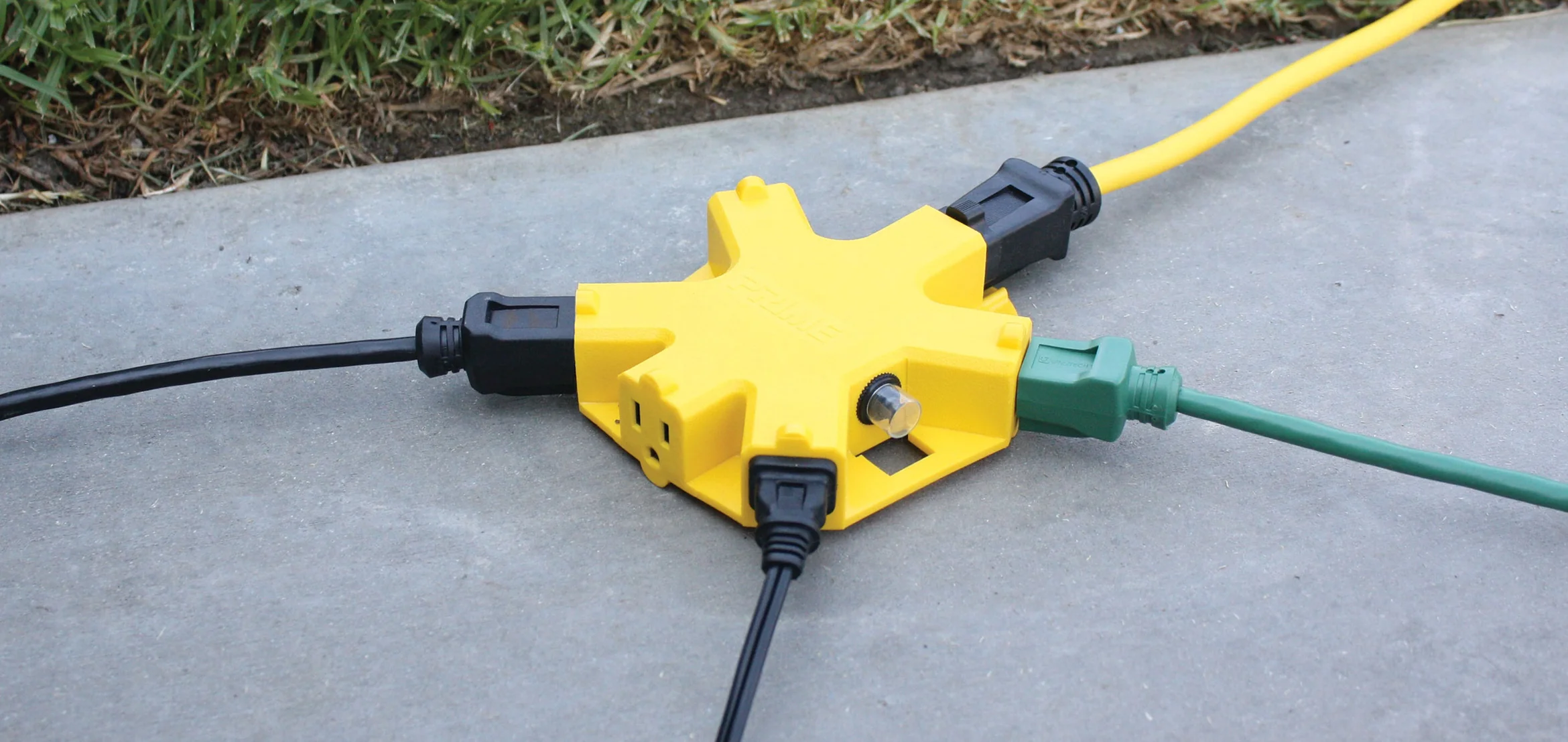
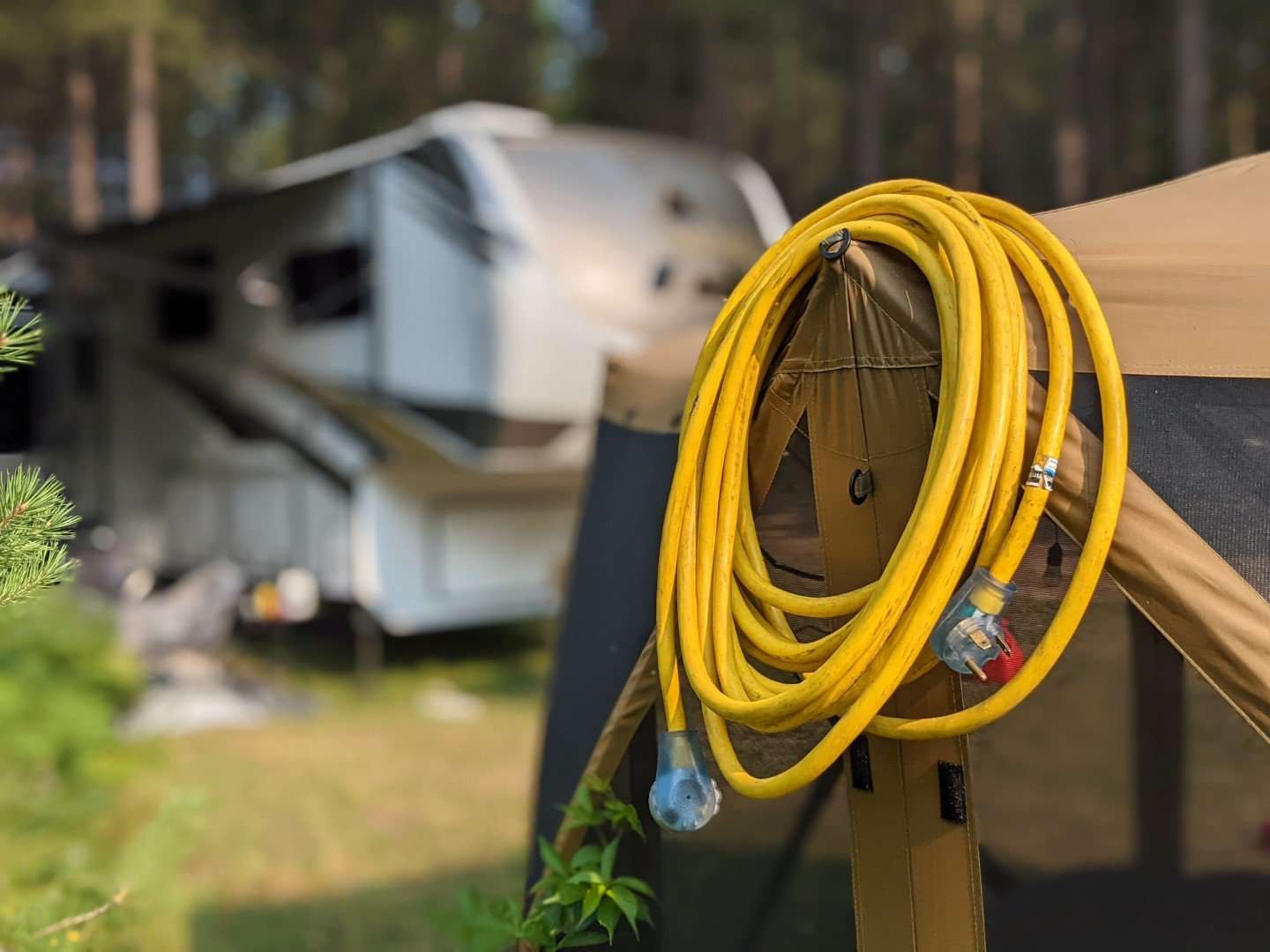
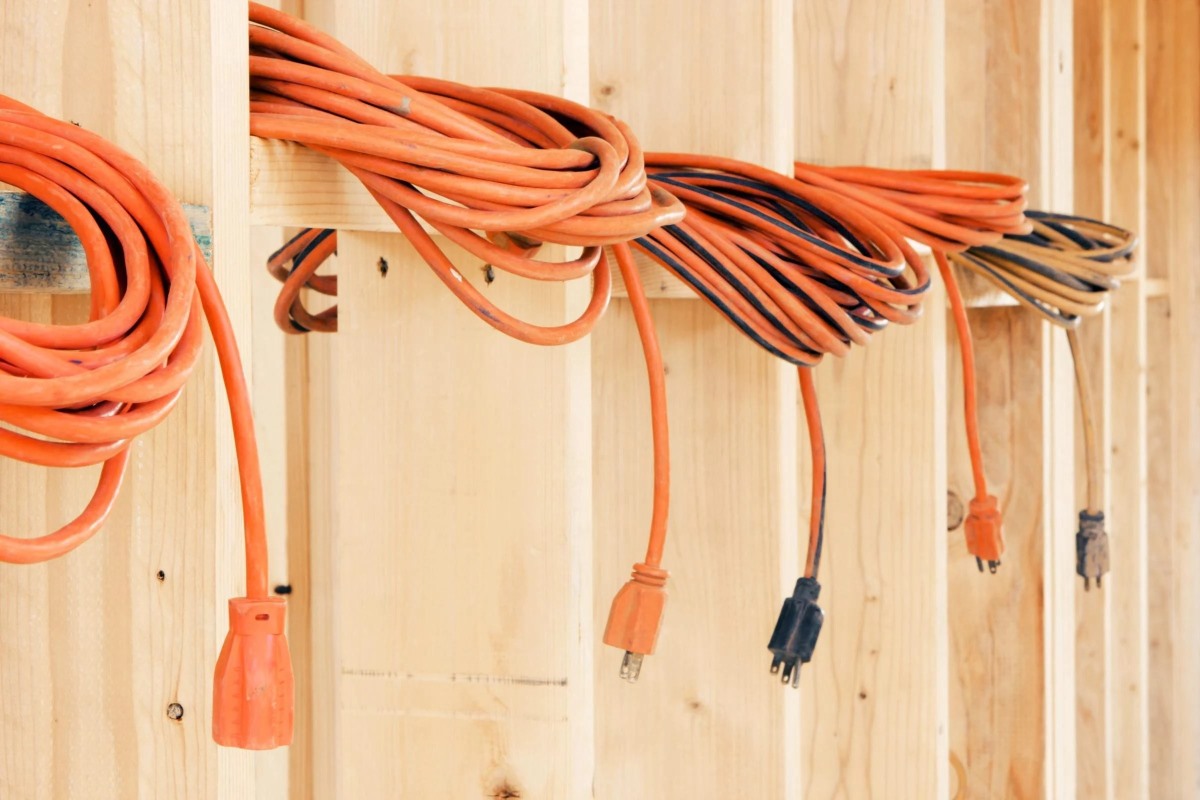
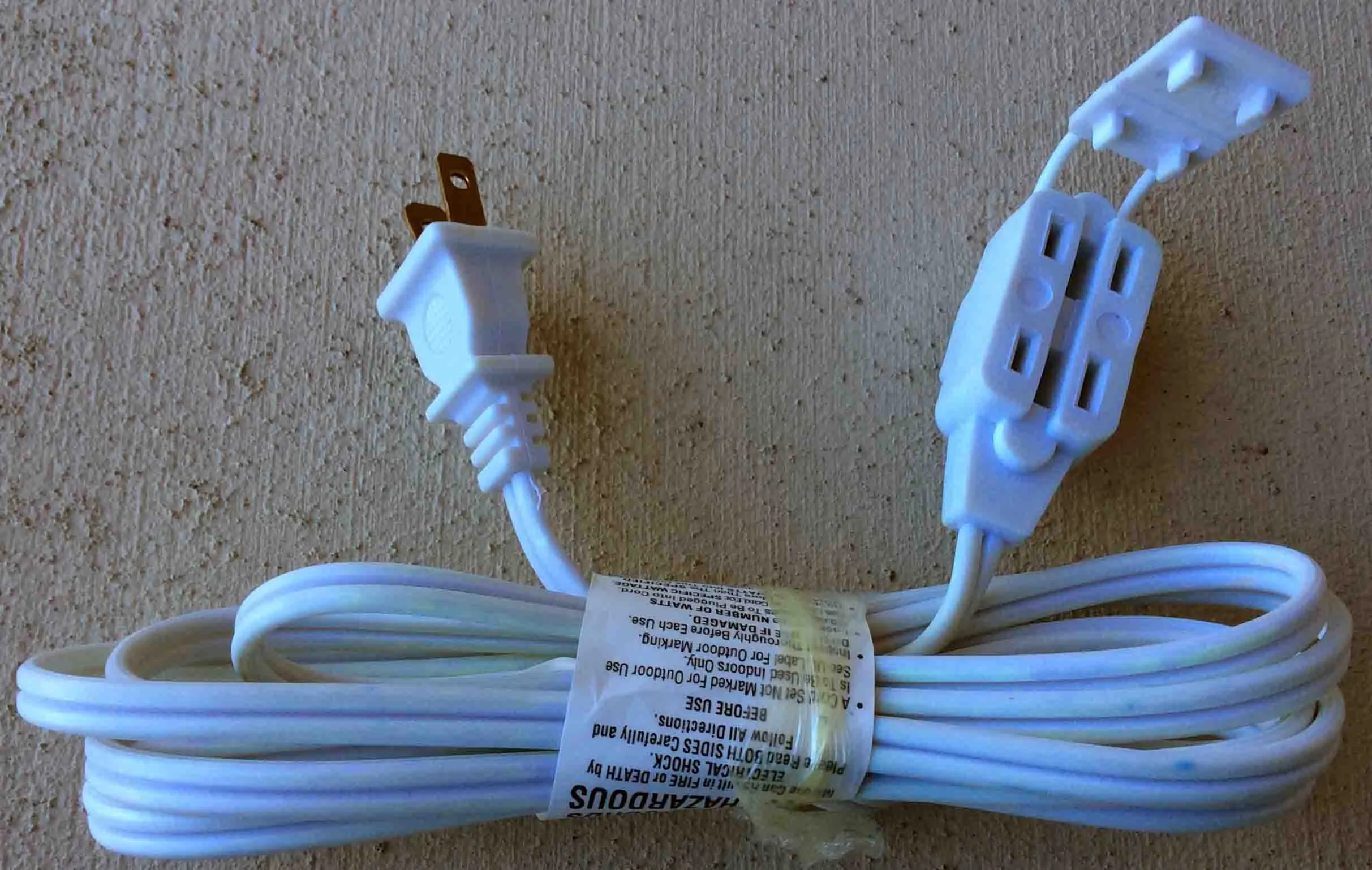


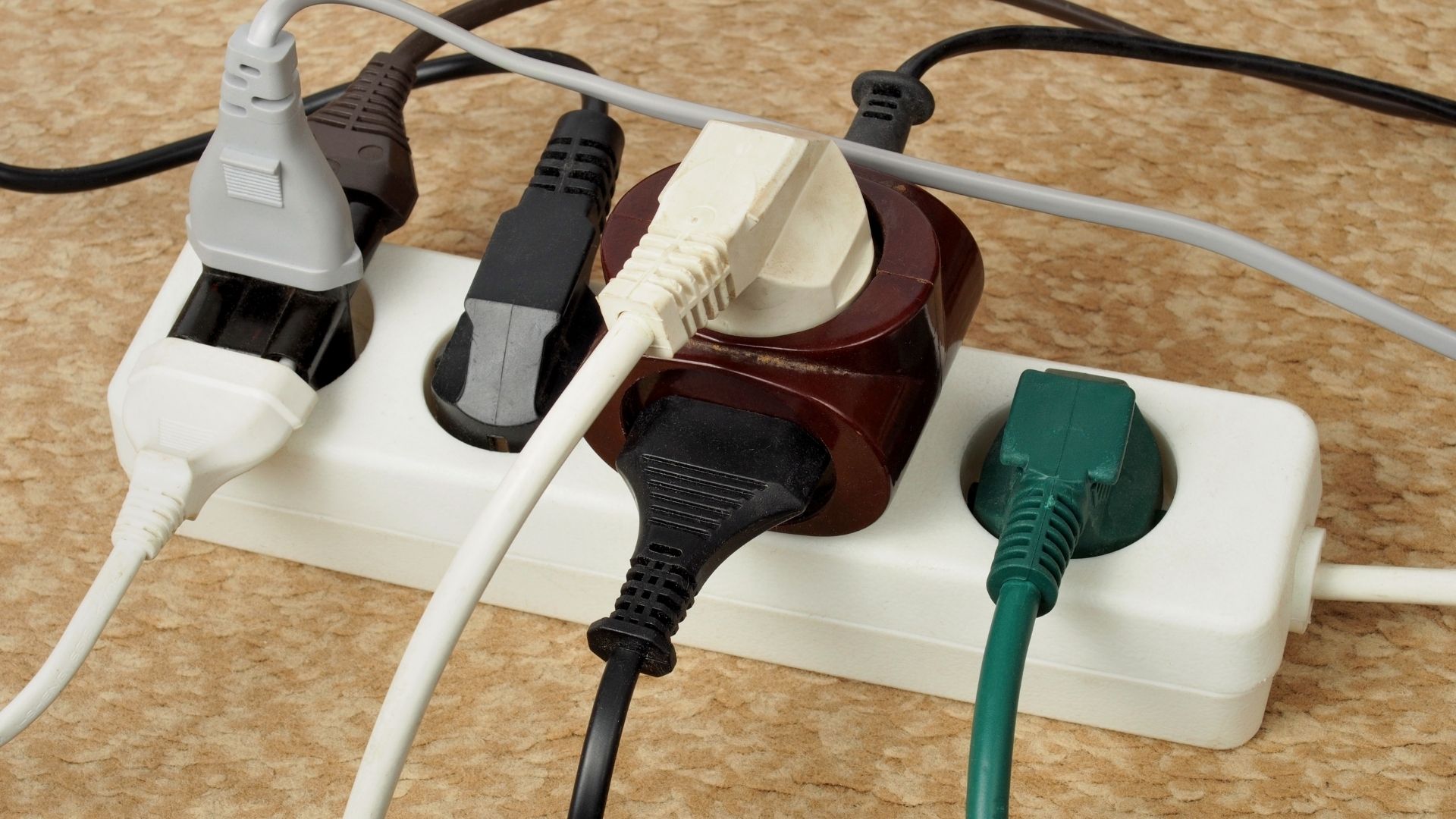
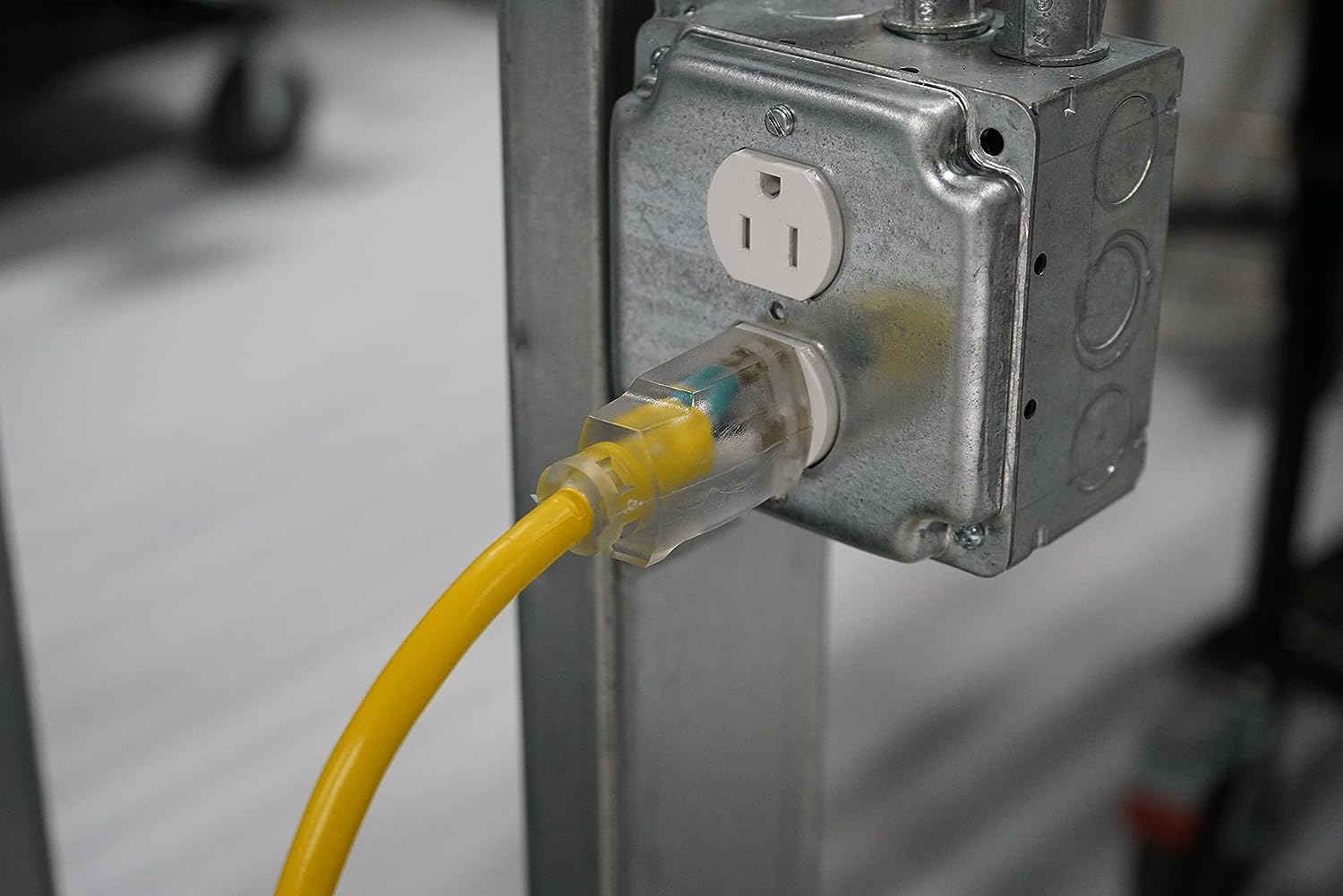
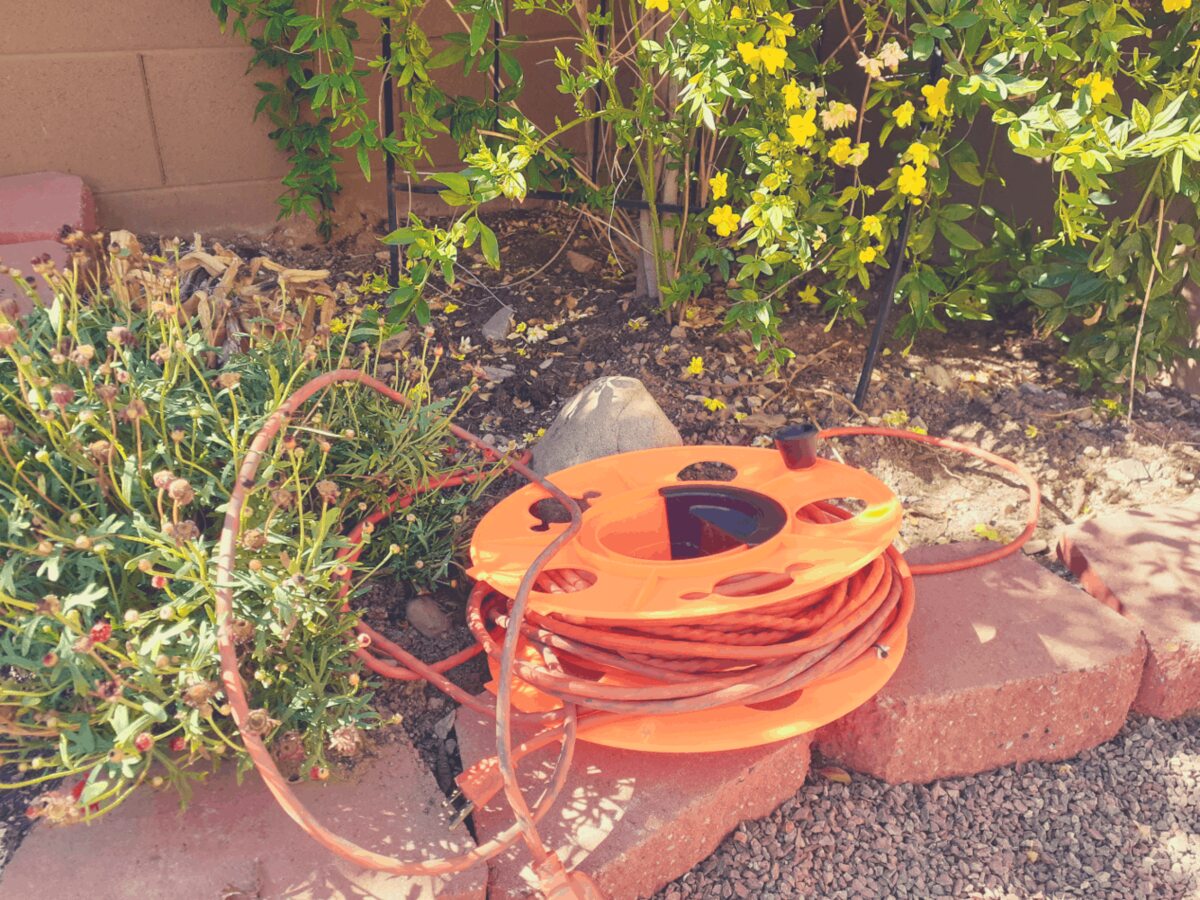

0 thoughts on “Why Would You Need A Male To Male Extension Cord”